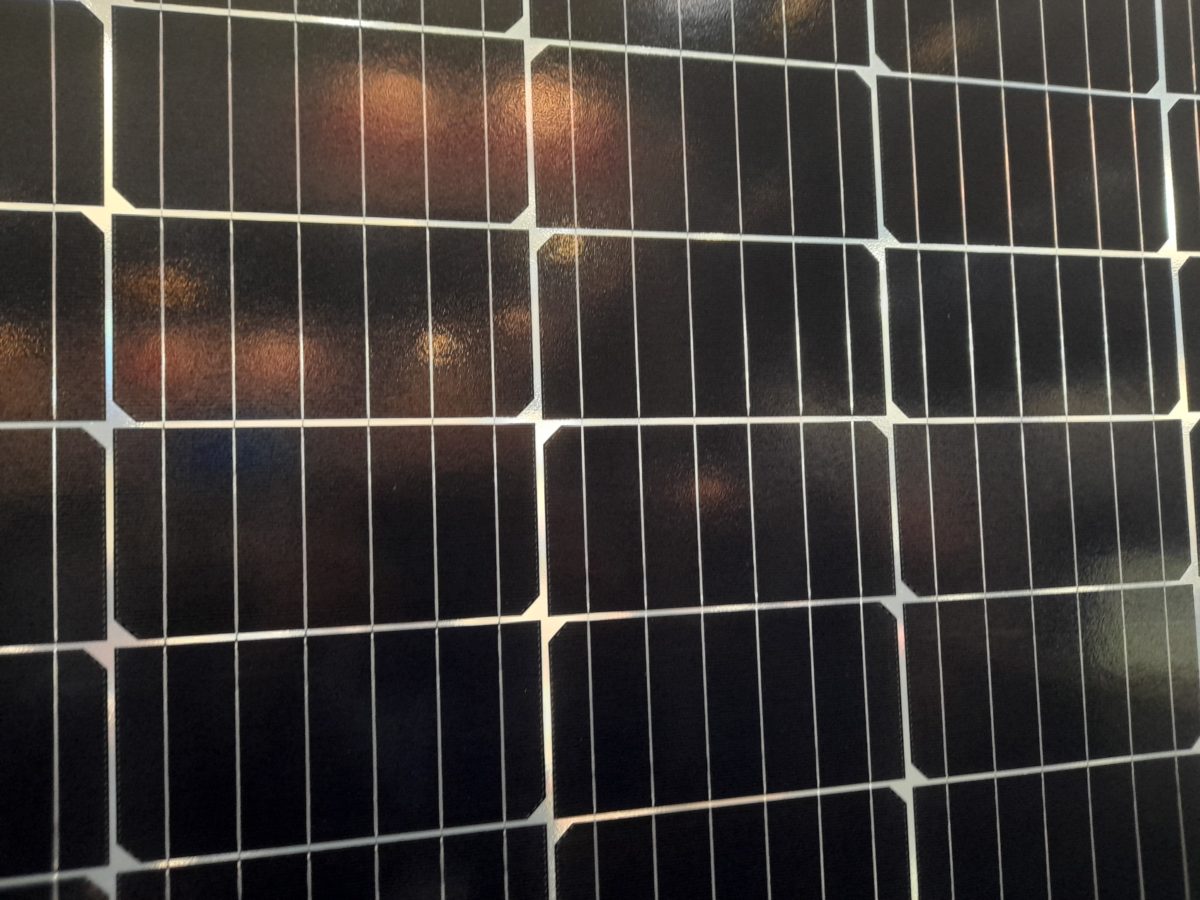The current global supply chain disruption in the PV industry is delaying or making unviable many solar projects across all markets. According to a recent report from Norwegian business intelligence firm Rystad Energy, increasing module and shipping costs may cause the delay or cancellation of as much as 56% of the solar generation capacity currently planned worldwide next year.
South Korea seems to be no exception, although it can count on a strong domestic solar panel industry that has recently increased its effort to enhance production capacities.
“Currently, there is no official index for solar panel prices in Korea,” Kyungrak Kwon, renewables program director at Seoul-based NGO Solutions for Our Climate, told pv magazine. “However, according to industry interviews, it is understood that the panel price has increased from 10% to 15%, or from KRW340 to KRW400 per Watt ($0.289-0.339), over the past six months.”
According to him, this price hike may affect, in particular, small and medium-sized solar energy projects that have participated in the country’s renewable energy certificate (REC) scheme within the last six months. “If a developer participates in the solar power bidding market organized by the Korea Energy Agency, the installation must be completed within six months,” he further explained. “If the module price increases within that period, losses will occur due to the confirmed bid price.”
In the latest tender held under the scheme by the agency, 2 GW of PV was allocated at a final average price of KRW136.128 per kWh ($0.115). “It is difficult to know the exact number of projects halted by the supply chain disruptions in Korea,” Kwon added. “However, currently, about 1-1.2 GW of solar power in Korea is supplied every quarter, and 80% of these projects are small and medium-sized, with less than 1 MW [generation capacity], so these projects are expected to be most affected.”
He also explained that Korean manufacturers are currently predicting that supply chain disruption will continue at least until the second quarter of next year. According to him, module prices may not decrease within two years, if China's current issues with lack of power and raw material supply will not be resolved.
When asked if the Korean industry may be capable of responding to the supply bottlenecks by increasing capacity, Kwon said that the largest Korean manufacturer, Hanwha Solutions, announced in a recent conference call that, considering the reduction in production in the second half of the year, the internal target for module sales was lowered from 9 to 8 GW, although it has a total production capacity of 10 GW. “This can be understood as reflecting the recent increase in raw material prices,” Kwon emphasized. “Two months ago, Hanwha Solutions announced that it plans to expand production capacity of n-type solar modules by investing KRW1 trillion ($849 million) in Jinchoen plants by 2025, but I understand that this is not a strategy to respond to the recent supply bottleneck.”
South Korea reached an installed solar power capacity of around 15.6 GW as of the end of December 2020. The newly installed PV capacity for 2020 was around 4.1 GW.
The country currently plans to install 30.8 GW of solar by 2030.
This content is protected by copyright and may not be reused. If you want to cooperate with us and would like to reuse some of our content, please contact: editors@pv-magazine.com.




By submitting this form you agree to pv magazine using your data for the purposes of publishing your comment.
Your personal data will only be disclosed or otherwise transmitted to third parties for the purposes of spam filtering or if this is necessary for technical maintenance of the website. Any other transfer to third parties will not take place unless this is justified on the basis of applicable data protection regulations or if pv magazine is legally obliged to do so.
You may revoke this consent at any time with effect for the future, in which case your personal data will be deleted immediately. Otherwise, your data will be deleted if pv magazine has processed your request or the purpose of data storage is fulfilled.
Further information on data privacy can be found in our Data Protection Policy.